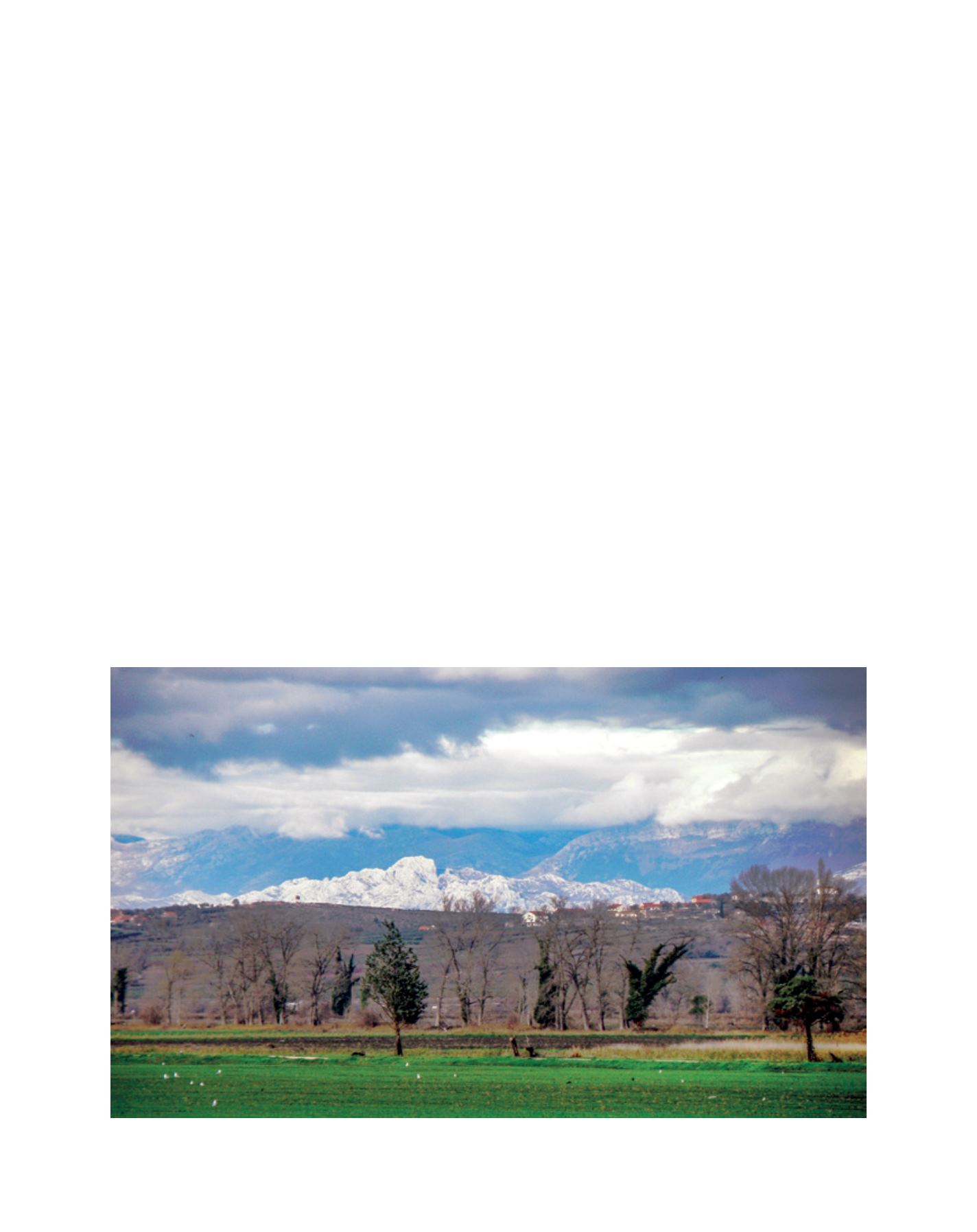

[
] 215
the support of farmers who believe that these two paral-
lel processes could start a new trend of consolidation. For
example, in Croatia there are still family farms that cultivate
the land on 20-30 different pitches, often 30-40 kilometres
apart. Imagine how much hard work that takes, and how
much is lost to the competition. Farmers’ interest in land is
huge, but for many farmers the earth is a necessary evil. A
large number of farmers are now forced to buy food for their
cattle. They cannot become more profitable, while on the
other hand changing the incentive system in the EU means
losing those privileges that they had – the special support and
additional national benefits for the maintenance and survival
of this important agricultural sector. Ministry of Agriculture
analysis found that about 100,000 hectares of land needs to
be assigned to livestock production by mid-2015, while it is
still possible to sign a new right to payment for farmers under
the new Common Agricultural Policy (CAP) subsidies system.
Because of this, the Agency for Agricultural Land is working
to intensify tendering procedures and simplify applications so
the job can be completed within the set deadline.
Croatian farmers pin their hopes to the ordered system of the
CAP, which should help them to stimulate investment cycles
in rural areas, primarily through Pillar 2 – rural develop-
ment. As an EU member state, Croatia has at its disposal €423
million a year for the first system of direct aid, and about €300
million for the second pillar, rural development. During the
summer, the Ministry of Agriculture has prepared a Croatian
model of support that is compliant with CAP rules. Through
this, Croatia aims to maximize protection of sensitive sectors
such as livestock and fruit and vegetable production. There
is huge potential for the development of fruit and vegetable
growing and for stimulating the transfer to manufacturers for
chopped cereal production for the cost-effective production of
fruit and vegetables. In addition, there is enormous potential
for growth in exports, as well as in tourist spending, since
in recent years Croatia has achieved tremendous growth in
tourism and is becoming one of the most sought after tourist
destinations. In addition to the first pillar of the CAP, Croatia
has high hopes for rural development.
By the end of 2014, Croatia should get the ‘green light’ for
the €323 million Programme of Rural Development. This
programme will encourage projects in rural areas, with an
emphasis on young farmers.
Official records say that over 50 per cent of all agricultural
land in Croatia is owned by elderly family members (over
60 years old). This is a limiting factor to the faster growth of
agriculture. Low levels of education and an elderly model of
farm business conduct necessitates a fast transfer of owner-
ship and the stimulation of young educated farmers to take a
modern approach to farm management.
During the International Year of Family Farming, the
Ministry of Agriculture is working with the Croatian
Association of Young Farmers to organize a series of events
that show that Croatia has is a huge number of young,
educated farmers willing to change and rapidly adapt to global
trends. Young Croatian farmers want to encourage farmers’
education in the countryside, and by the end of the year they
plan to encourage education in regional centres to help as
many young people as possible join their organization and
forge links with producer organizations and cooperatives.
Image: Minister of Agriculture, Croatia
The flavours, fragrances and beauty of Croatia have made it a recognizable culinary destination
D
eep
R
oots
















